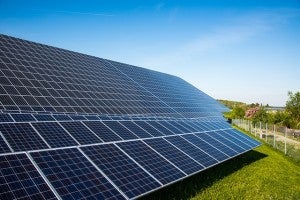
With time-variant pricing, people can choose to run their dishwashers at times of day when electricity is less expensive.
Today, most residential electricity customers are charged the same price regardless of when the electricity is actually being used. Charging customers a uniform price for electric service looks a bit like buying groceries by the cart instead of by the items purchased (e.g., apples versus filet mignon) – simple, to be sure, but so riddled with inefficiencies that no one would actually propose operating a supermarket that way. A cartful of filet mignon may weigh the same as a cartful of apples, but the value of these items and the cost of bringing them to market is drastically different. Similarly, electricity costs differ depending on the time of day power is produced and delivered.
Time-variant electric pricing addresses this issue by charging customers different prices depending on when electricity is used, reflecting the true costs of producing and delivering electricity. This gives customers greater control over their electricity bills by allowing them to reduce their energy use at higher-cost times. A recent blog post by my colleague, economist Beia Spiller, explained how time-variant electricity pricing can benefit customers, utilities, and the environment, and described several different types of time-variant pricing.
Given its compelling economics, one would think time-variant pricing would be widespread. Part of the reason it’s not is sheer inertia, but there’s more to it than that. Read More














